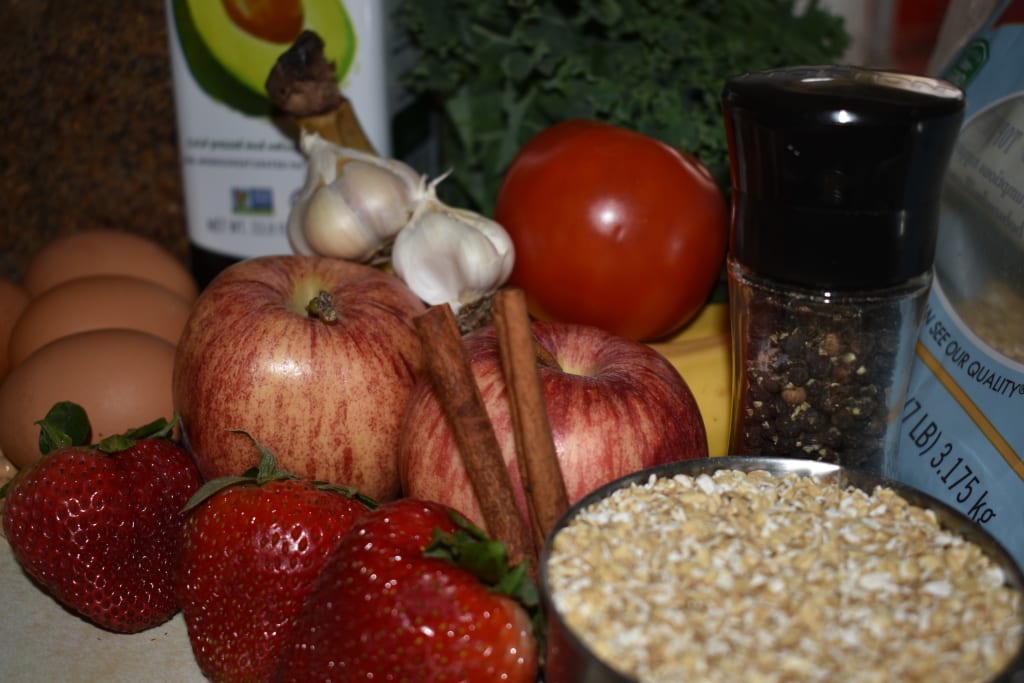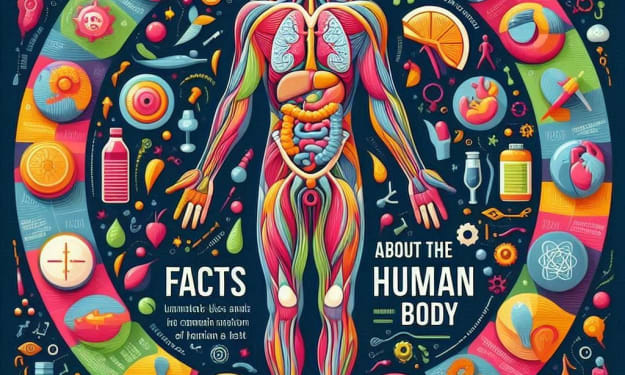Neuroprotectants: How to Protect Your Brain
Foods and Practices Which Can Protect Your Brain

From the air we breathe to the sand of time itself, many things can have an effect on our cognition in the short and long term. There are various things you can consume as well as basic techniques which can prevent neurological damage. These can directly benefit your nervous system and brain, as well as through actions which make metabolism more efficient.
Diet Overall
It needs to be said as a disclaimer that a healthy overall diet is the most effective neuroprotectant (getting a proper amount of micronutrients [vitamins and minerals]). If you are removing negative dietary variables, you are likely increasing the opposite (eat a large variety of foods and paying attention what makes you feel the best). That said, there is evidence which shows that ketogenic style diets can have a variety of neuroprotective effects (5). If you wish to reduce animal products, there are many plant fats which can substitute to obtain essential fatty acids. Optimizing your diet adds to the net of positive factors for brain health.
Garlic
Garlic is a herb you can utilize to prevent plaques or "pipe problems" (atherosclerosis/CVD). (1) Anything which increases metabolic efficiency (how well you digest and use food) is therein neuroprotective. This is due to an obligatory necessity for proper nutrient/blood flow to any tissue which requires it.
Oatmeal
Oatmeal is commonly touted as a food which is protective of the heart. Data has shown that vitamin E analogues contained in it have a range of protective attributes, including for the brain. (2)
Cinnamon
Another peculiarly potent spice. Cinnamon has been observed to have a variety of beneficial properties. This includes a variety of metabolic diseases including diabetes and Parkinson's disease. (3) A rat study shows that the benefits on Parkinson's could be due to upregulation of protective proteins found in the spice. (4)
Meditation or Creating a Meditative Practice
For many people, meditation can calm an overactive central nervous system when combined with diet. Meditation can be effective at moving the speedometer out of the red for those with highly demanding jobs. This can protect the brain from oxidative damage. For those with a less demanding lifestyle, meditation can be dulling. For these individuals, a more effective tool is a meditative practice. Things that require less physical exertion and more cognitive exertion "exercise" higher functions of our cognition (such as creativity or critical thinking). The mode of cognition will change depending on the attribute you wish to strengthen. A simple method to increase creativity is to read fiction. Reading fiction requires you to illustrate through your subjective lens the characters, places, and interactions between the people in the story. This may require some concerted effort, and you may have to pay attention to how you are processing the novel (if you are simply reading the words or are actually creating images in your consciousness). You can utilize sciences like mathematics and chemistry in the same way. These practices serve more to increase critical thinking (due to the logical, concrete variables at play). When you piece together scientific phenomenon, visualizing the actions taking place in phenomenon can also serve to increase creativity.
Exercise
Physical exertion releases a range of neurologic factors which protect the brain and promote better cognition (barring activity which causes brain trauma). Exercise benefits can range from proper functioning of the basic operations of the body to increased creativity. The latter could be a result of exercise's neurogenic properties.
These are a few methods that can get you thinking about the health of your brain, as well as taking steps to protect it. For many people, optimizing this can make you sharper and more creative. For others, whose character and gifts are veiled by stress and anxiety, it can be life changing.
References
(1) Leyla Bayan, Peir Hossain Koulivand, and Ali Gorji. Garlic: A Review of potential theraputic effects Avicenna J Phytomed. 2014 Jan-Feb; 4(1): 1–14. May 15 2018.
(2) Bharat B. Aggarwal, Chitra Sundaram, Seema Prasad, and Ramaswamy Kannappan. Tocotrienols: The Vitamin E of the 21st Century: It's Potential Against Cancer and Other Chronic Diseases. Biochem Pharmacol. 2010 Dec 1; 80(11): 1613–1631. Published online 2010 Aug 7. doi: 10.1016/j.bcp.2010.07.043. May 25 2018.
(3) Pallavi Kawatra and Rathai Rajagopalan. Cinnammon: Mystical Powers of a Minute Ingredient. Pharmacognosy Res. 2015 Jun; 7(Suppl 1): S1–S6. doi: 10.4103/0974-8490.157990. May 26 2018.
(4) Khasnavis S, Pahan K. Cinnamon upregulates neuroprotective proteins Parkin and DJ-1 and protects dopaminergic neurons in a mouse model of Parkinson's Disease. J Neuroimmune Pharmacol. 2014 Sep;9(4):569-81. doi: 10.1007/s11481-014-9552-2. Epub 2014 Jun 20. May 28 2018.
(5) Carl E. Stafstrom, Jong M. Rho. The Ketogenic Diet as a Treatment Paradigm for Diverse Neurological Disorders. Front Pharmacol. 2012; 3: 59. Published online 2012 Apr 9. Prepublished online 2012 Jan
About the Creator
Theo Zodda
Warrior scientist
Enjoyed the story? Support the Creator.
Subscribe for free to receive all their stories in your feed. You could also pledge your support or give them a one-off tip, letting them know you appreciate their work.






Comments
There are no comments for this story
Be the first to respond and start the conversation.